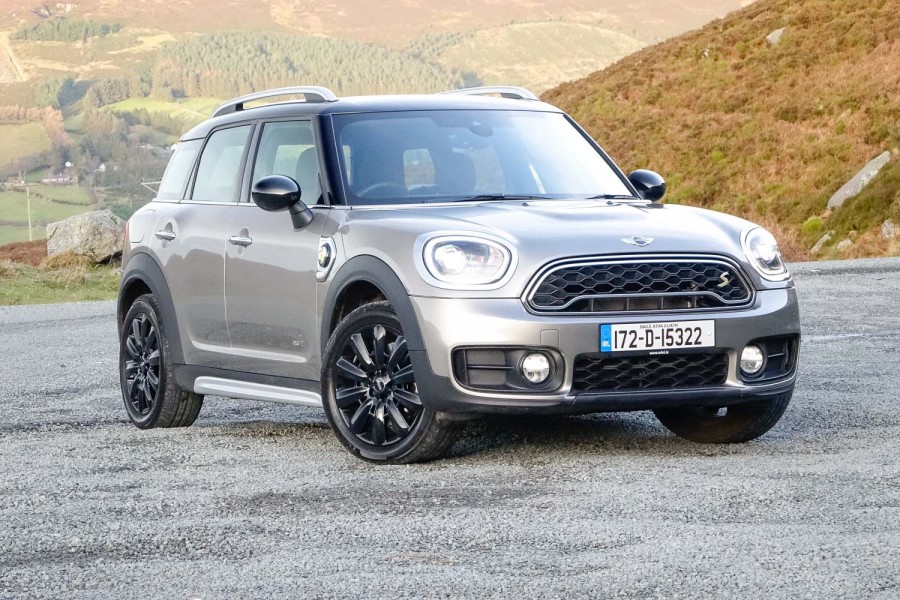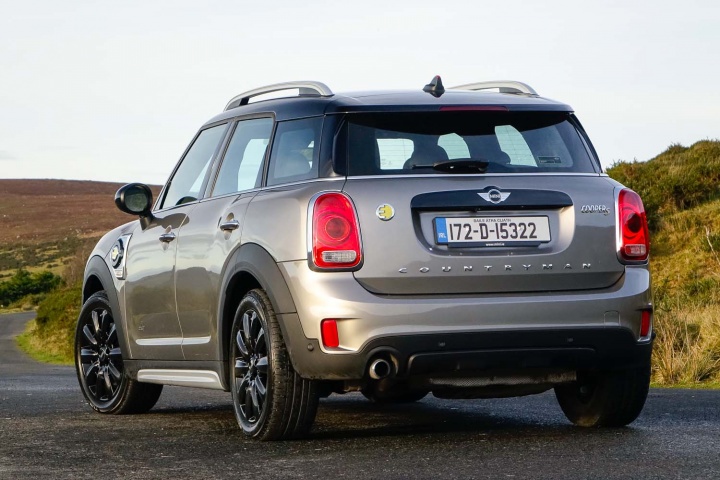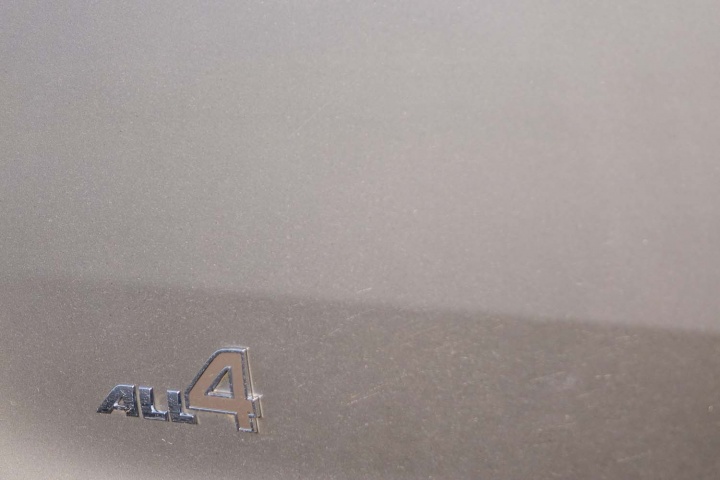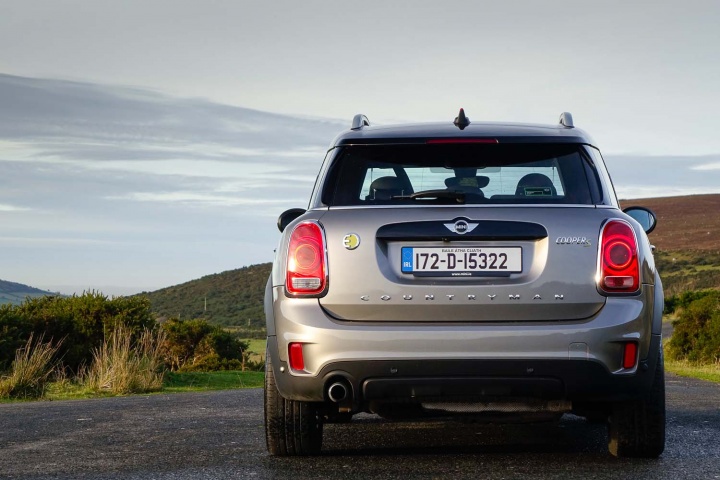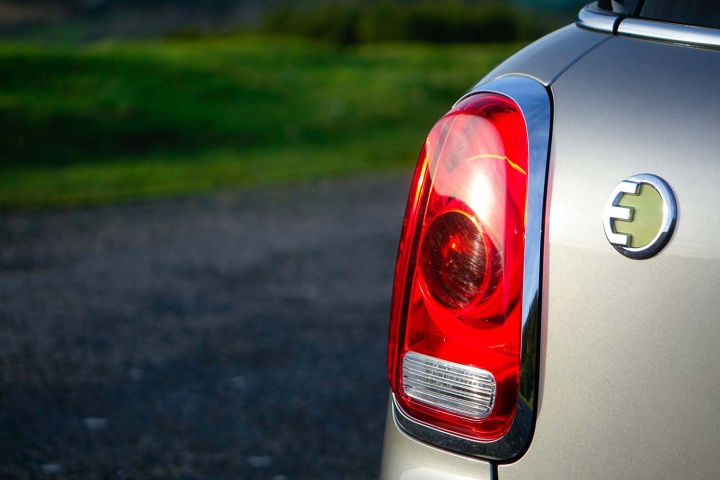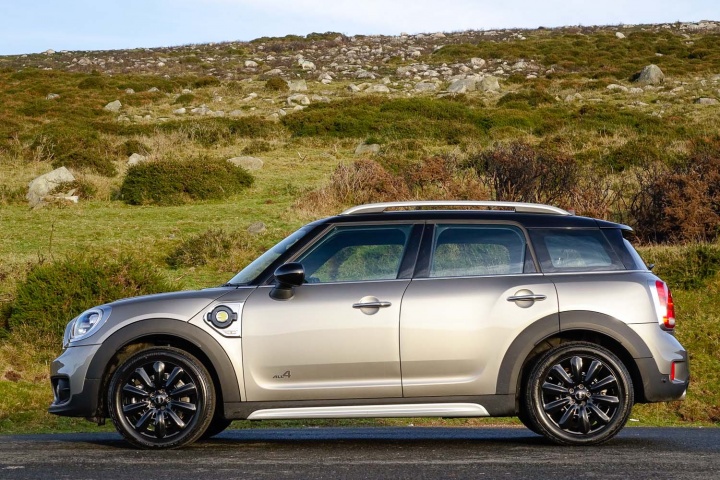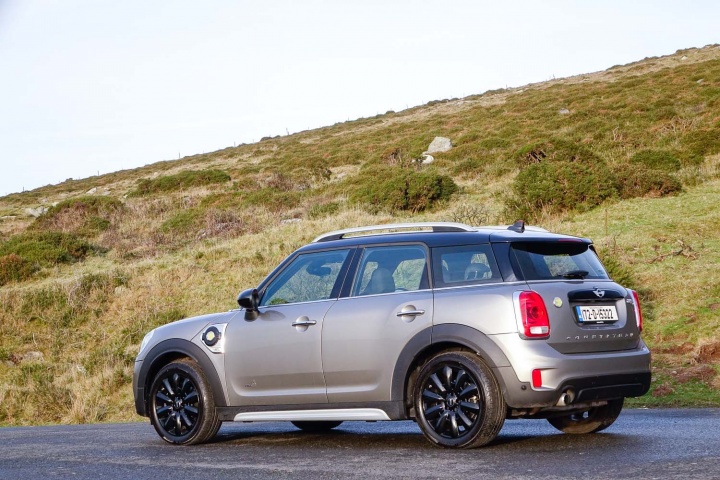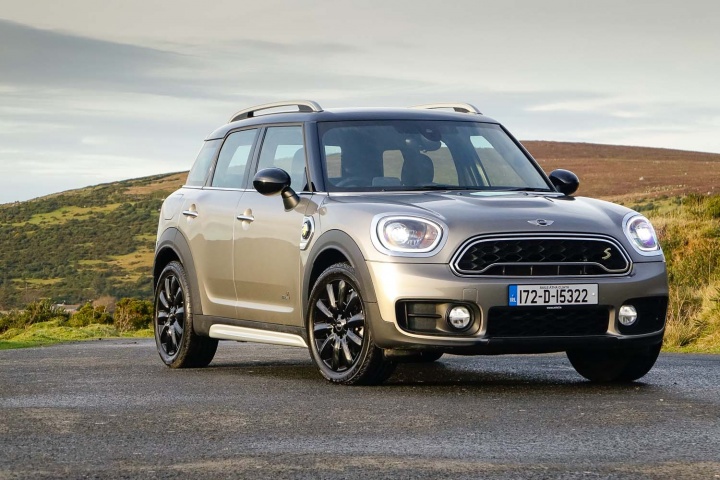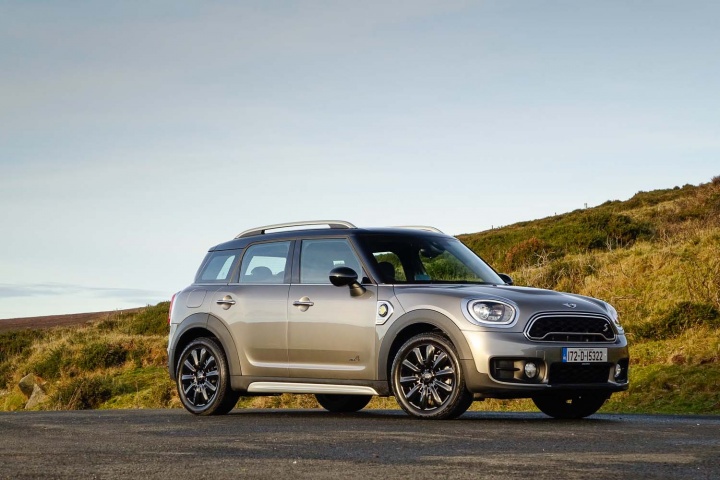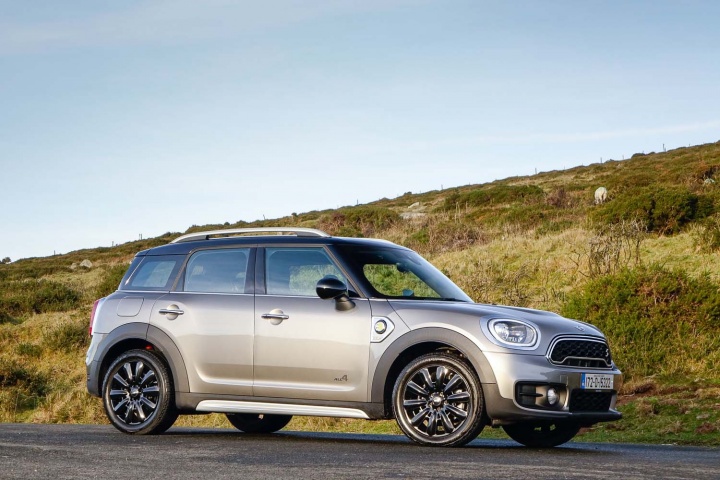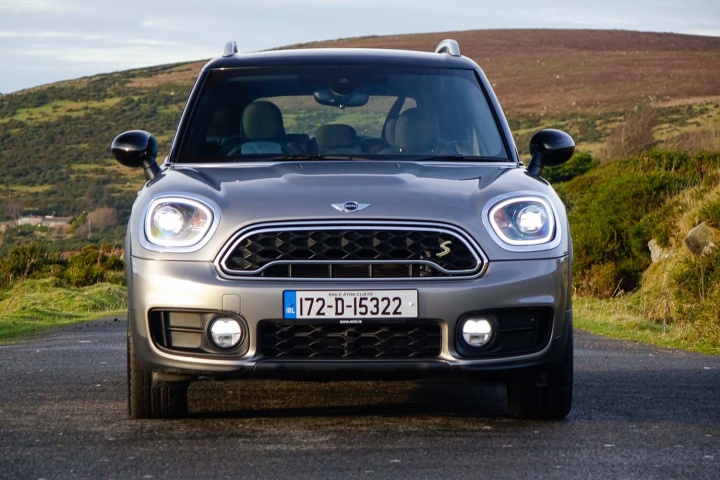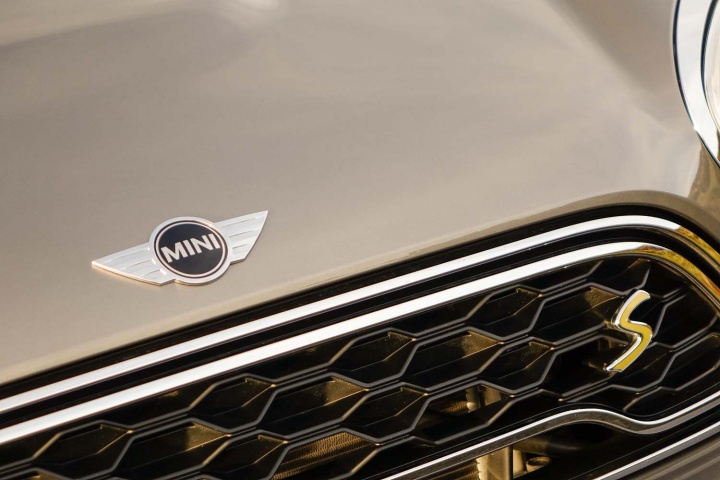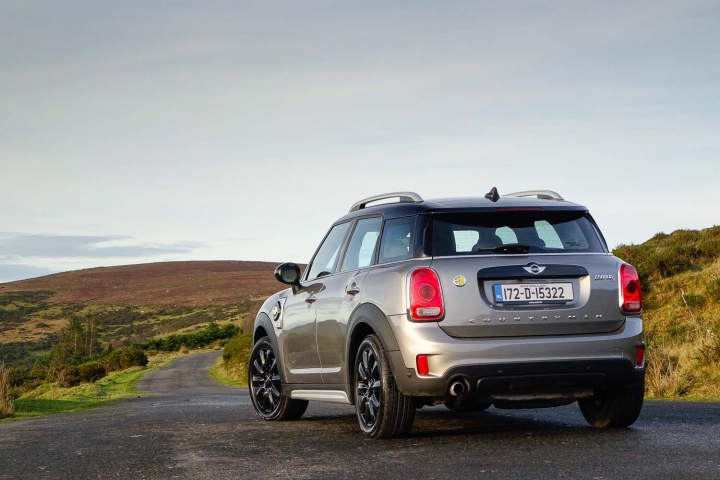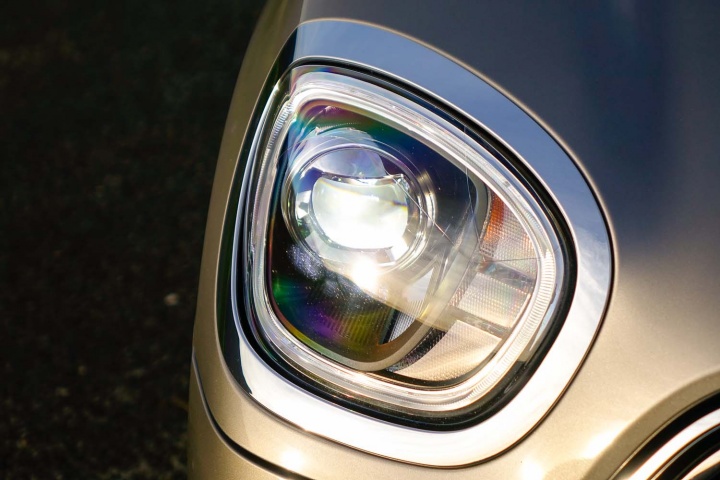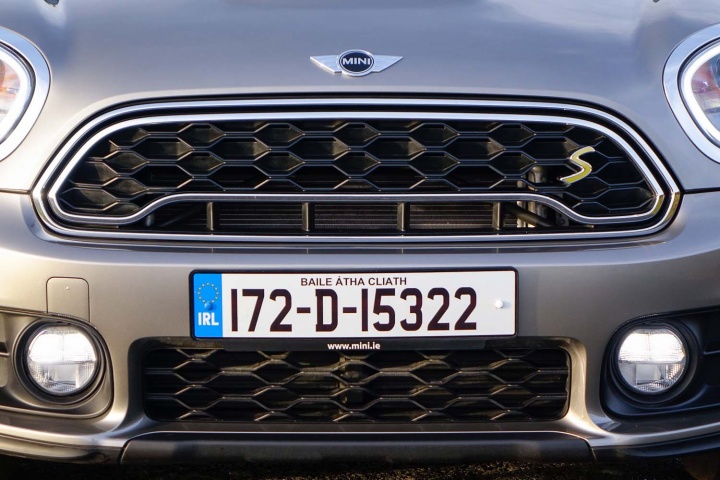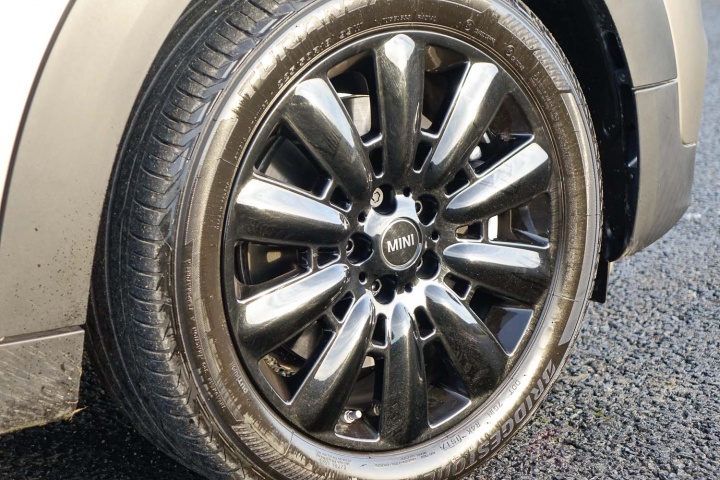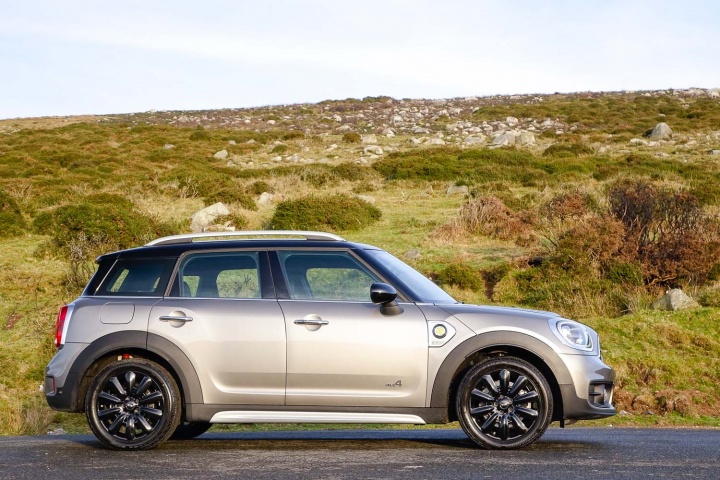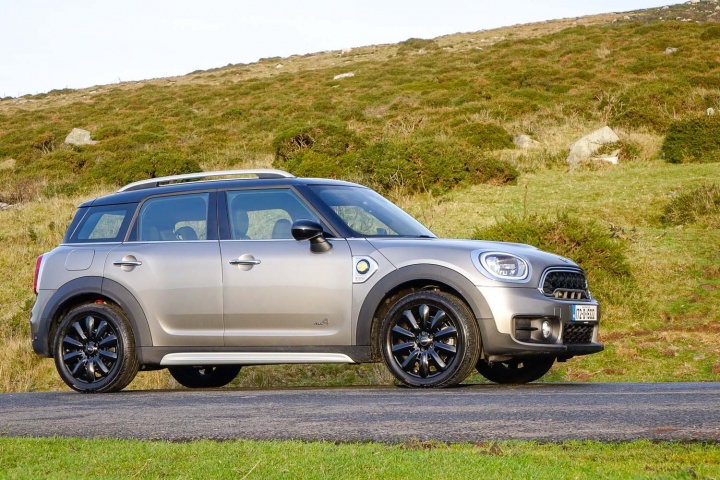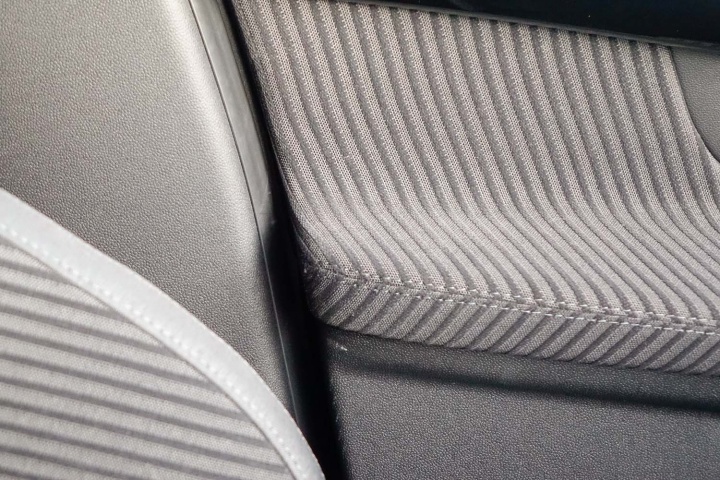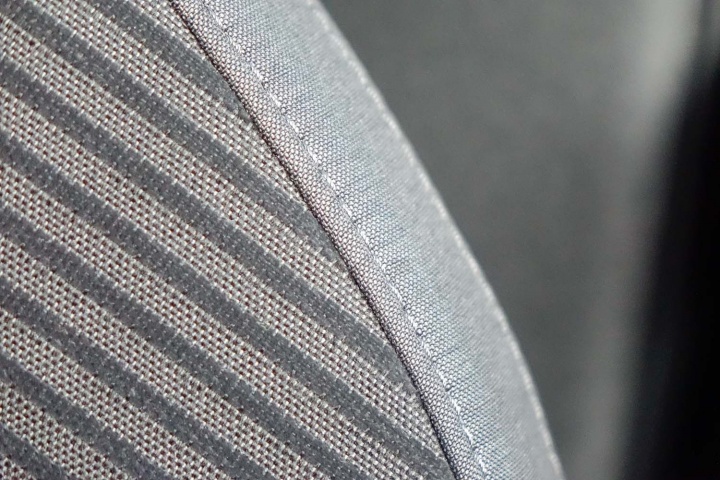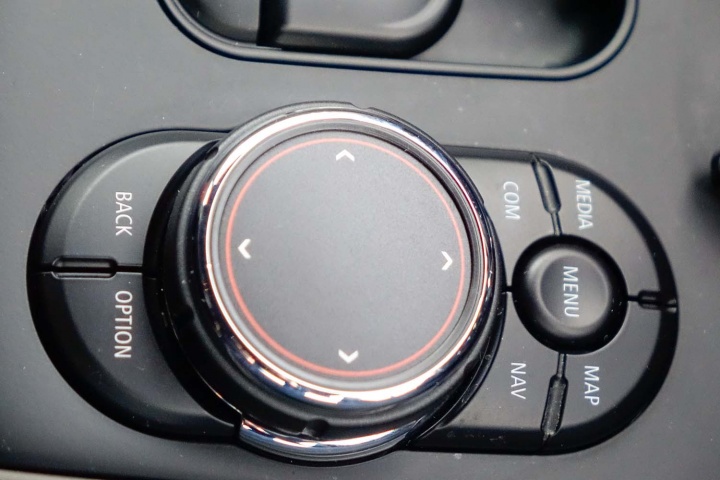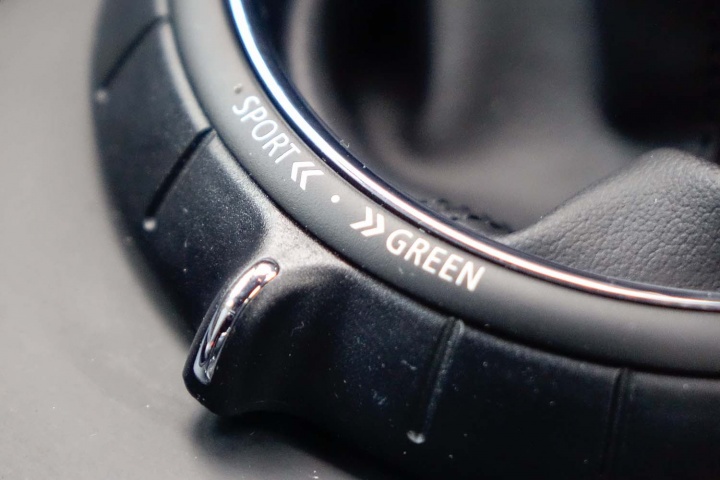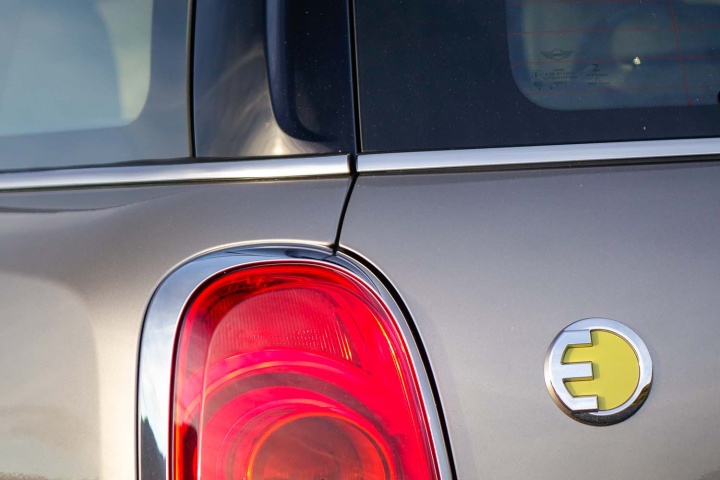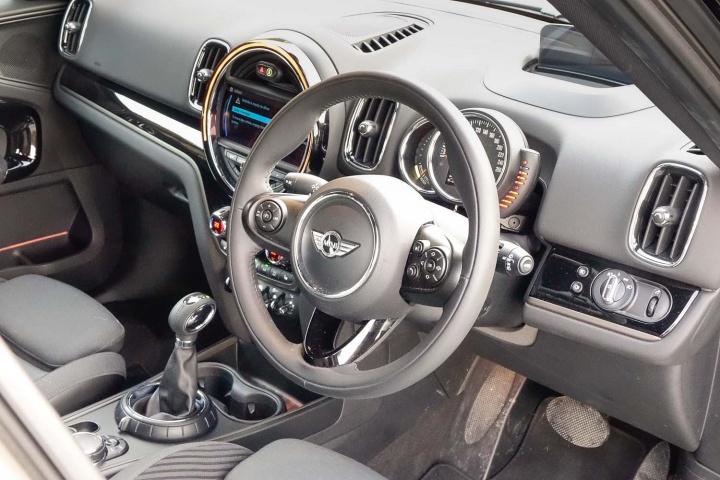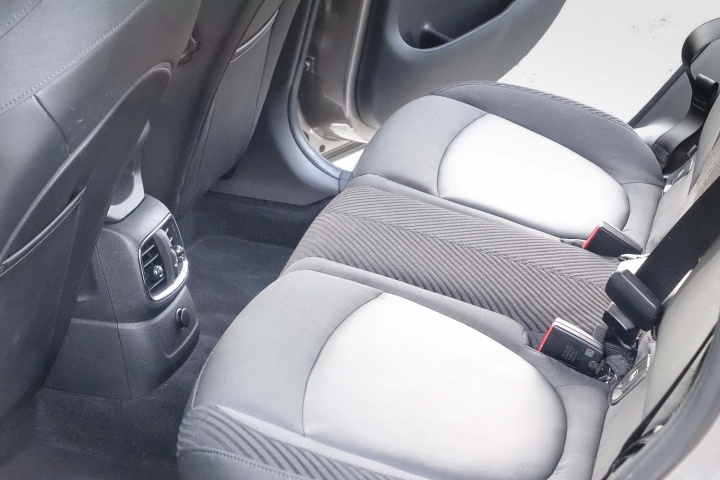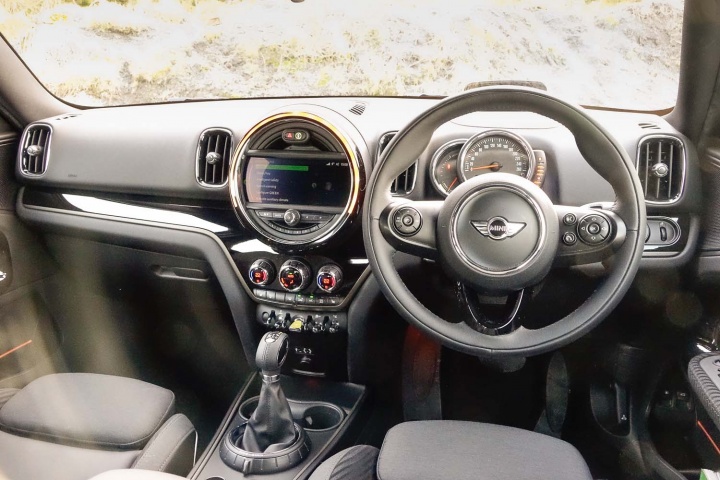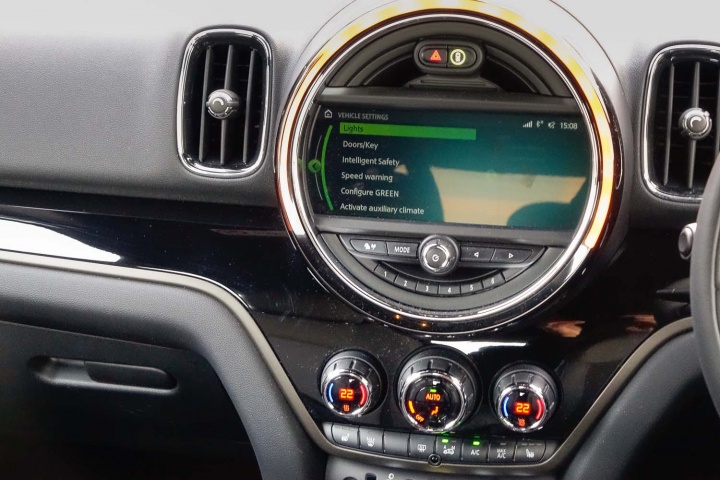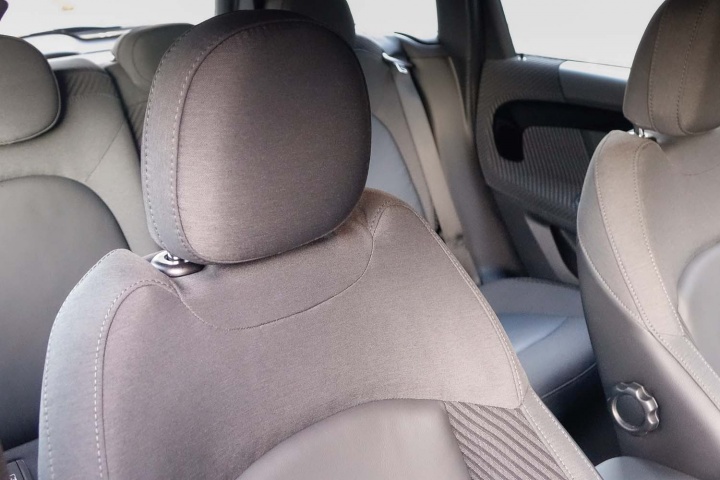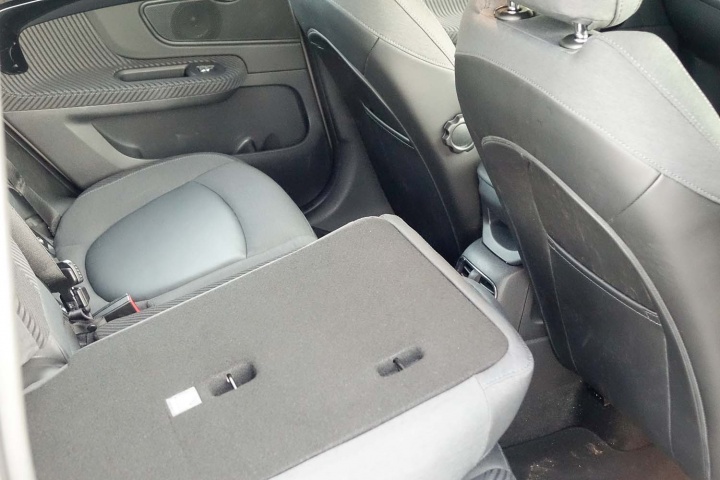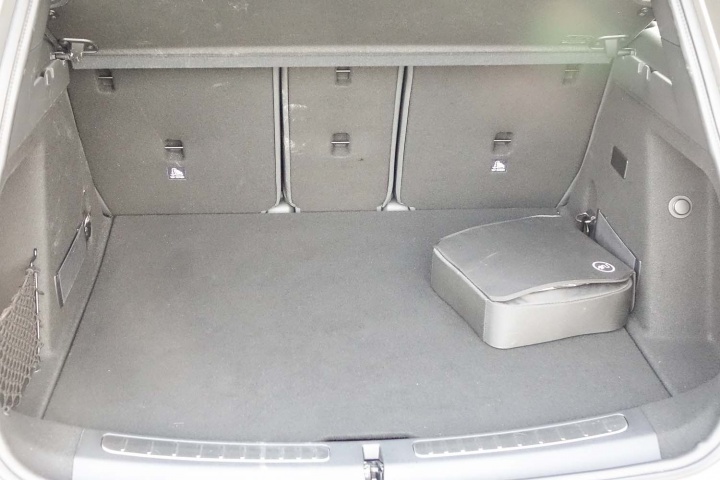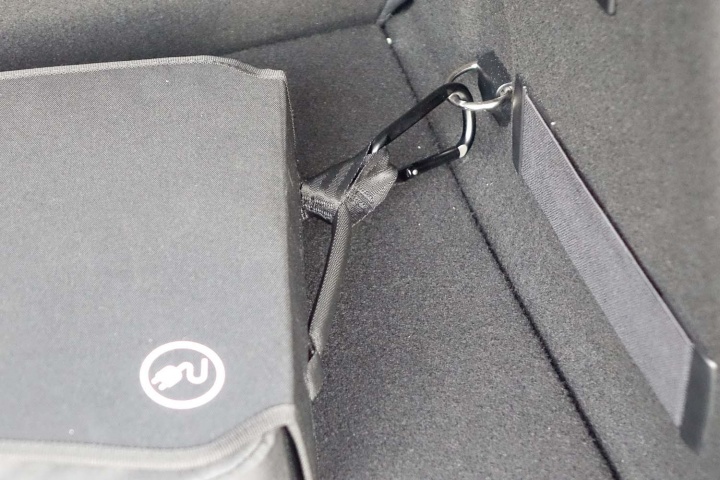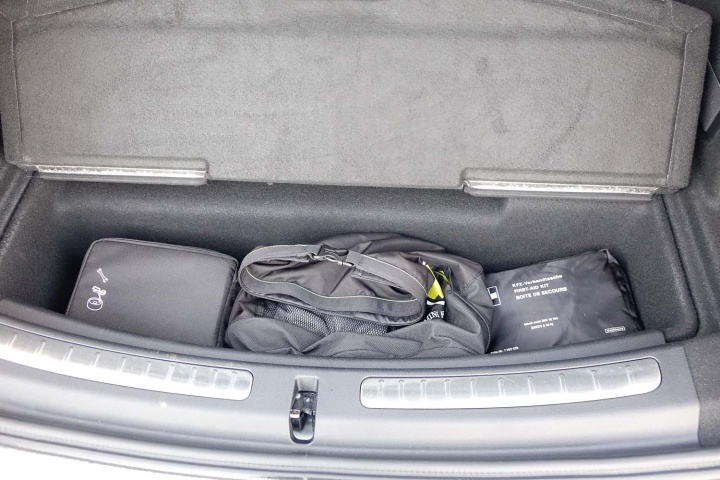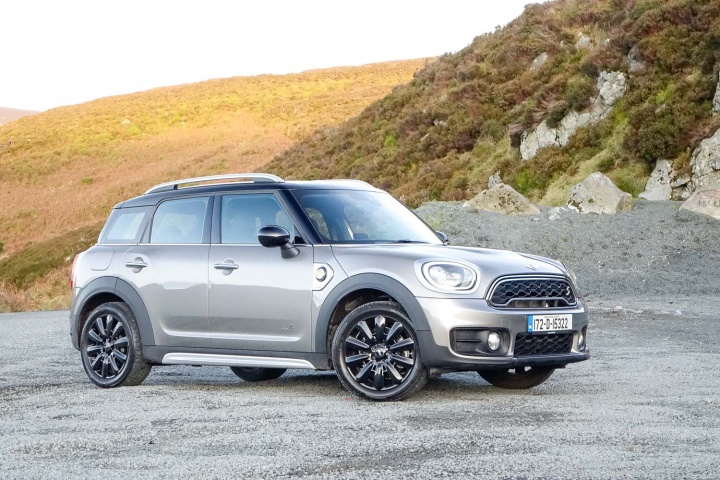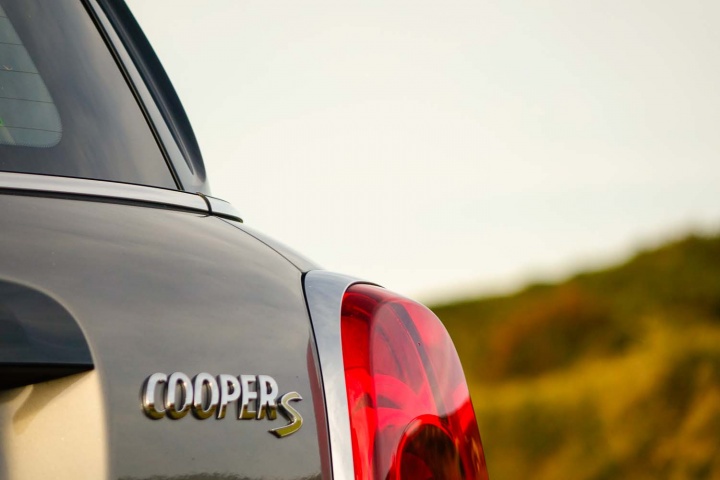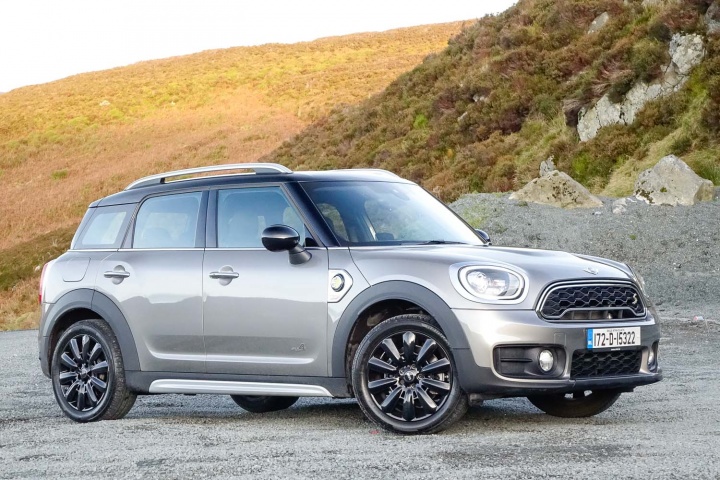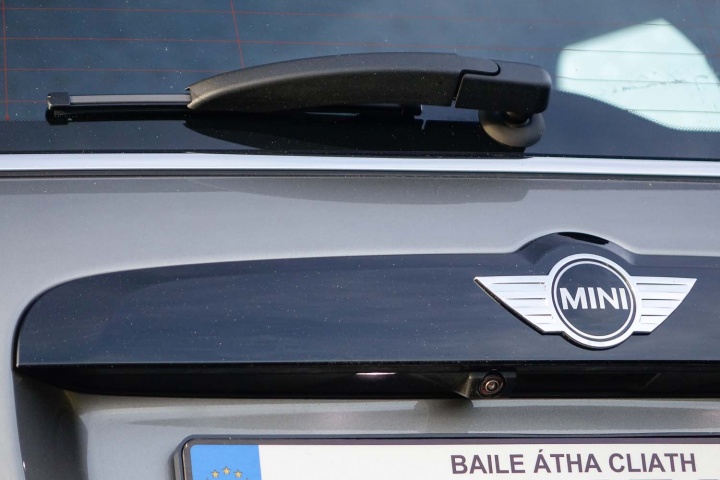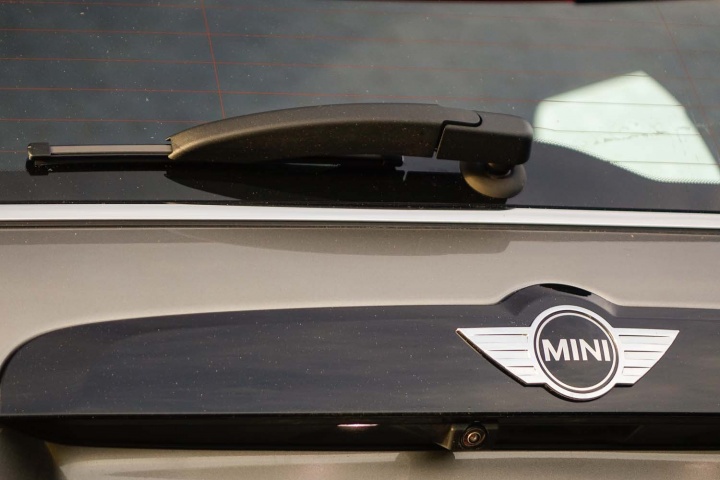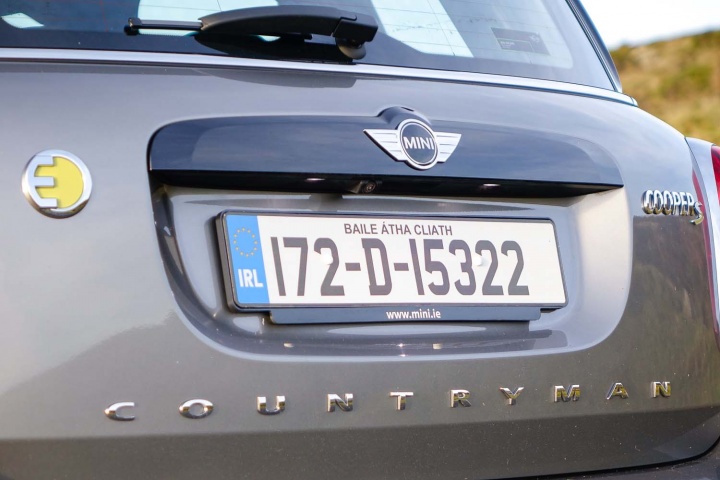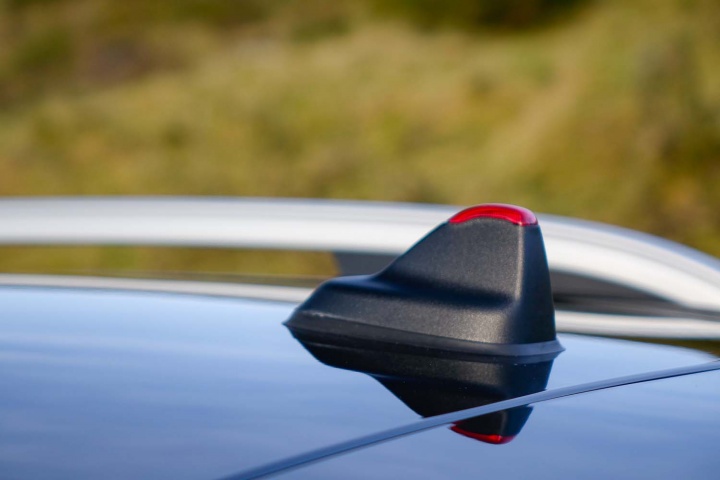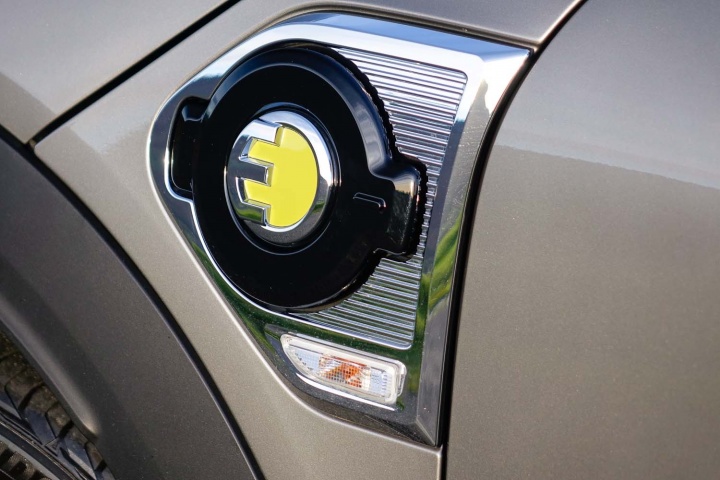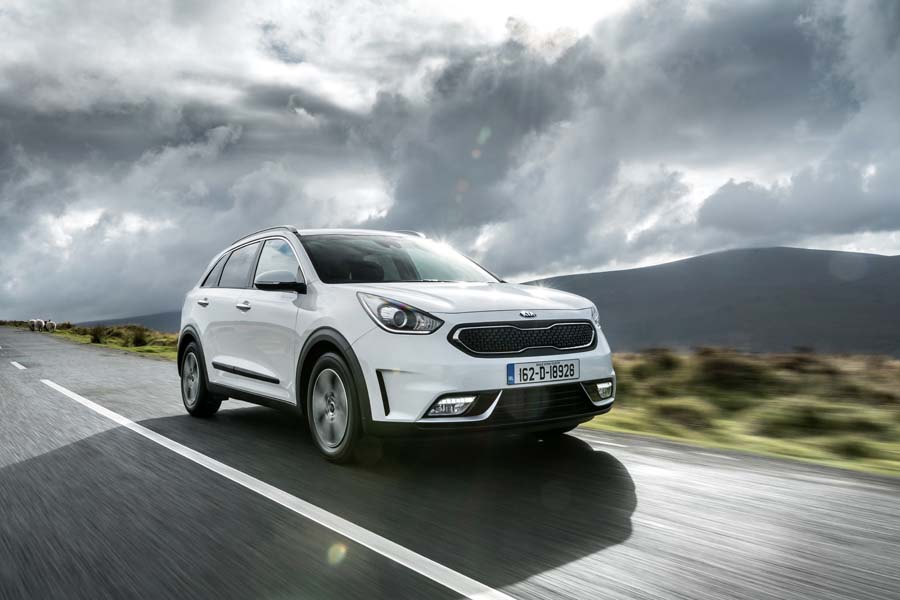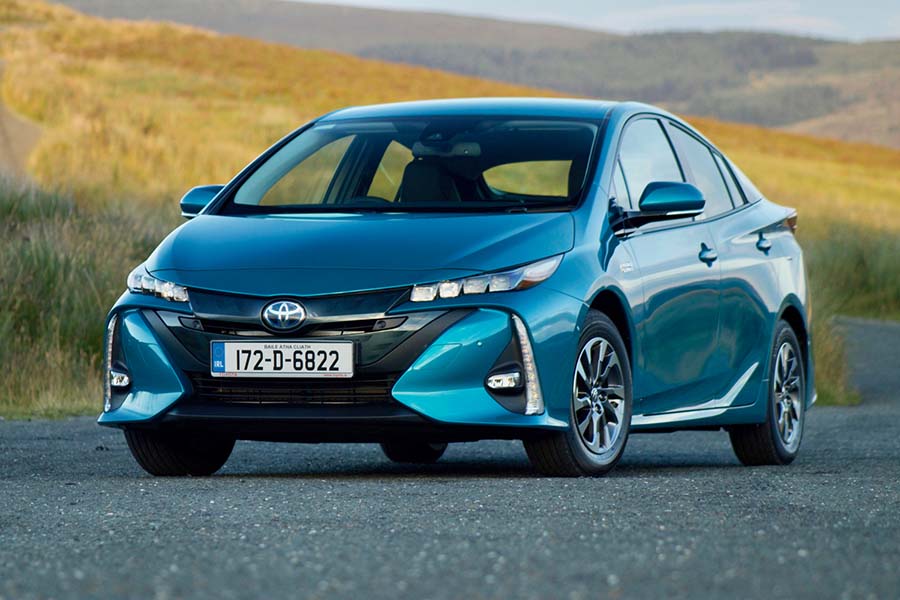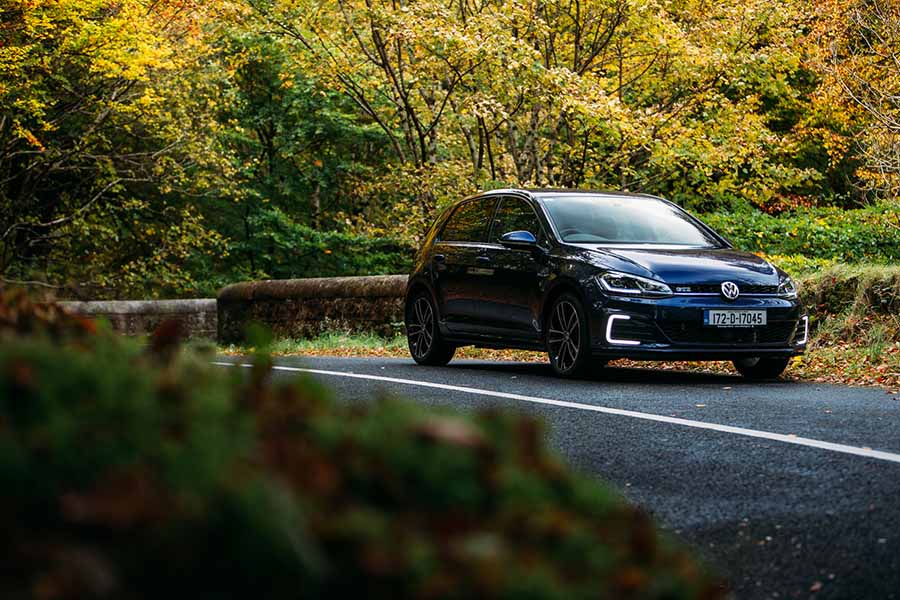Good: fun to drive, traction, low emissions rating, cabin quality and space
Not so good: thirsty, even by conventional car standards, expensive
The first and best thing to report about the MINI Countryman S E All4 is that it's great fun on snow. Our test drive (despite the pictures taken at a different time...) coincided with the arrival of the Beast from the East and, despite all the dire warnings about not going out and here be snow monsters, we got around just fine in the half-electric MINI. It helps that part of the car's hybrid setup includes a small electric motor mounted under the boot, driving the rear wheels, making this a four-wheel-drive MINI, and capable of the occasionally electrically-assisted snow-drift when the neighbours weren't looking. Fun.
Fun, is of course, the MINI's raison d'être - always has been, ever since people discovered that BMC's original small, frugal, cheap family car was a belter to drive. It's part of the brand's (marketing-speak klaxon) DNA and yes, even the humungous (in relative MINI terms) Countryman has it. This is a 4.2-metre long, 1.5-metre tall crossover that still manages to be almost as enjoyable and engaging to drive as any MINI has ever been. It has loads of grip, it's reasonably agile, it has terrific steering and it has a sweet balance to the chassis that even the avoirdupois of 1,660kg dry weight can't entirely blunt.
To turn the MINI Countryman into a plugin hybrid, MINI has basically borrowed the chassis and drive system from the extant BMW 225xe Active Tourer plugin hybrid. So it gets a 136hp turbocharged 1.5-litre three-cylinder petrol engine, which combines with a 7.6kWh lithium-ion battery stack and an electric motor. That rear-wheel-driving electric motor adds 88hp and 165Nm of torque, for system maximums of 224hp and 365Nm of torque - healthy outputs both.
Of course, in spite of this Countryman being a sporty-badged Cooper S model, the idea here is to save fuel, save money and save the environment. So, plug the MINI in for around three hours (assuming a domestic three-pin socket) and you can travel for as much as 42km, at speeds of up to 125km/h, on just the battery and the electric motor. That, incidentally, makes this the first factory-built rear-wheel-drive MINI ever (even if there is a front-drive petrol engine ready to kick in when needed). Official CO2 emissions are an impressively low 49g/km (which I guess goes some way to making up for all those wheezing A-Series original Mini engines) and official fuel consumption is a scarcely-believable 2.1 litres per 100km.
Of course, you're not going to get that kind of fuel consumption in daily driving. Presumably you're not going to even get twice that, if you're running the car in mostly hybrid mode, but then that's the point of a plugin hybrid - silent, smooth, saintly electric power around town; reasonably frugal hybrid power for longer journeys.
Yeah.
Ahem.
About that.
Would you like to know what fuel economy we got from the MINI PHEV during our test drive? OK, let's set this up. Plugging in at my house is awkward at best, so the car spent most of its time running as a hybrid, not a plugin. And it was properly cold, with snow dumping from the skies and temperatures regularly below zero, which does the battery no favours. But, most of our driving was in and around town (which is where hybrids are supposed to give of their best), added to a couple of long motorway runs.
OK? You want the figure now?
It's 9.3 litres per 100km. That's 30.1mpg. Or, to put it in context, about the same average fuel consumption that I got from a Land Rover Discovery III 3.0 TDV6 the last time I drove one.
Again, I accept that I wasn't driving the car under conditions that would show it off to its best, but I am nonetheless baffled by such profligacy from a plugin. To put that in context, a more recently-tested Kia Niro Plugin Hybrid averaged 4.7 litres per 100km, again mostly in hybrid mode, and in temperatures only slightly warmer. By any standards, the MINI Countryman S E was staggeringly thirsty. By hybrid and plugin hybrid standards, it's appalling. It's also weird - a BMW 330e, using much of the same software, if not the same engine, can easily break the 45mpg barrier in similar circumstances.
At least there are some saving graces. The cabin of the MINI is lovely - not everyone likes the square-screen, round-hole layout of the infotainment system, but for the most part the interior looks good, is comfortable and is pretty functional. MINI hasn't even sacrificed too much boot space to the hybrid system, and it remains a useful 405-litres overall. Build quality is also excellent, and if you live down the country and are worried about the next snowfall, once again, we never got stuck once, in spite of the worst snow and ice in more than a decade.
But that combination of huge thirst (it never seemed to vary much, whether driving in town or out on the open road) and a hefty price tag means that you should probably look elsewhere if you're thinking about going part-electric.

